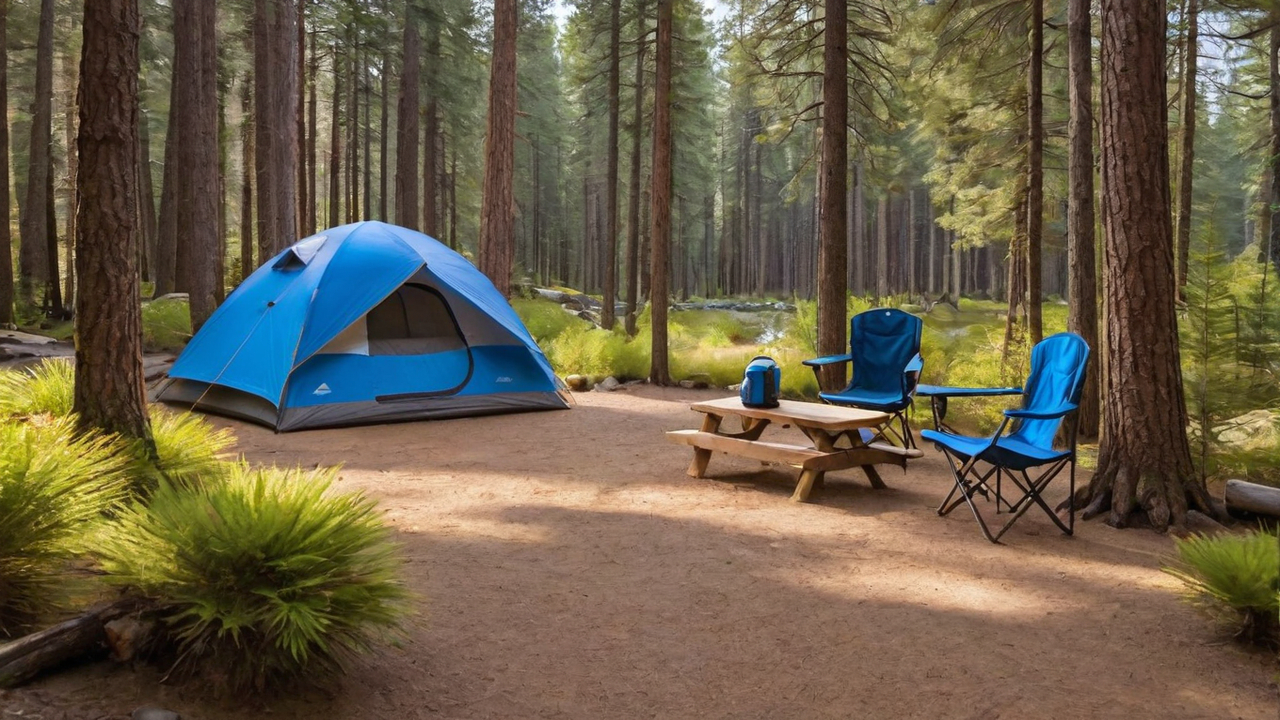Improving Site Choice with Geographic Information Systems Integration in Campsite Administration Software
Improving Site Choice with Geographic Information Systems Integration in Campsite Administration Software
Blog Article

Leveraging GIS for Enhanced Campsite Layouts
Integrating GIS into campground management software revolutionizes the way campgrounds are designed and managed. By leveraging accurate geographical data, managers can optimize the layout for improved accessibility and guest satisfaction. This combination enables for the creation of detailed site maps that include natural landscapes, maximizing the use of space while preserving the natural surroundings.
The capability to visualize and adjust the campground layout in real-time provides a significant benefit in planning and development. Precise GIS data assists in identifying ideal locations for amenities, ensuring they are both accessible and environmentally sustainable. This approach not only improves guest satisfaction but also contributes to a lower environmental footprint.
Streamlining Reservation Systems with GIS
By introducing GIS into campground reservation systems, providers offer a more engaging booking experience for campers. Guests can choose their preferred spots based on real-time geographical data, including proximity to facilities and picturesque views. This level of precision in site choice significantly enhances preparation and contentment for campers.
Furthermore, this system cuts down the likelihood of overbooking and conflicts between reservations. Accurate GIS data guarantees that each site is correctly mapped, with clear demarcations, thus making a smoother reservation process. This efficiency not only saves time for site administrators but also enhances the overall customer experience.
Improving Security and Emergency Response with GIS
Integrating GIS into campground management software greatly improves safety and emergency response. Detailed site maps permit for precise placement of emergency facilities like fire stations, first aid points, and evacuation routes. This availability to vital information can significantly speed up response times in emergency situations, potentially preserving lives.
Moreover, GIS data can be used to identify areas prone to environmental hazards such as flooding or wildfires, enabling for the development of proactive safety measures. Through this approach, campground managers can implement precautionary measures and inform guests of possible risks, thus ensuring a safer camping experience for everyone.
Maximizing Amenity Distribution Through GIS
GIS technology enables campground operators to effectively allocate amenities across the site. By analyzing geographical data, they can determine the most optimal placements for facilities such as restrooms, picnic areas, and playgrounds. This ensures that all guests have easy access to amenities, enhancing their overall experience.
Additionally, GIS can assist in monitoring the utilization of natural resources, promoting sustainable practices within the campground. Through accurate mapping, campsites can prevent overuse of vulnerable areas, supporting in conservation efforts and maintaining the beauty and health of the landscape.
Increasing Visitor Engagement with Interactive GIS Features
Interactive GIS maps enhance guest engagement by offering an immersive exploration of the campground before they arrive. Guests can explore different sites, view photos, and read about nearby attractions directly via the site’s webpage. This pre-visit engagement starts the guest experience on a positive note, raising anticipation and contentment.
Moreover, these interactive features may act as a resource during the stay, providing real-time information on weather conditions, upcoming events, and available services. This accessibility guarantees that guests remain updated and are able to completely enjoy their outdoor adventure.
Facilitating Environmental Sustainability with GIS
GIS integration in campground management software plays a crucial role in promoting eco-friendly sustainability. Precise mapping enables for thoughtful planning and conservation of environmental resources, reducing anthropogenic footprint on the environment. This tools facilitate to monitor and manage ecosystems, water bodies, and vegetation, ensuring their preservation for future generations.
Furthermore, by leveraging environmental GIS data, campgrounds can identify areas suitable for renewable energy installations or other green initiatives. Such strategy not only boosts the campground’s environmental stewardship but also lowers operational costs, showing a commitment to conserving the natural world.
Incorporating Community Knowledge into Campsite Planning with GIS
GIS systems enable campground operators to integrate community knowledge into campground development. By engaging with local members, managers can gain a deeper understanding of the landscape and its cultural significance. This collaboration ensures that campgrounds are developed with respect for local values and heritage, enriching the guest experience.
Moreover, such cooperation assists in discovering distinct chances for campsite experiences and attractions that showcase the local culture and landscape. Implementing local perspectives into the planning process not only enhance the authenticity of the campground but also bolsters bonds with the local populace, establishing a beneficial impact for all involved.
Adapting to Changing Guest Expectations with Adaptive GIS Information
The world of outdoor hospitality is always evolving, with guest expectations becoming more sophisticated. Using dynamic GIS data enables campground operators to swiftly adjust to these changes by updating facilities and services to meet contemporary demands. This agility guarantees that campsites remain appealing and competitive in a fast-paced market.
Furthermore, the capability to gather and interpret visitor feedback through GIS-based applications means campground managers can constantly refine their offerings. Tailoring the outdoor adventure to meet specific preferences not only increases guest contentment but also promotes return visits, driving the success of the campground in the long term.
insight Report this page